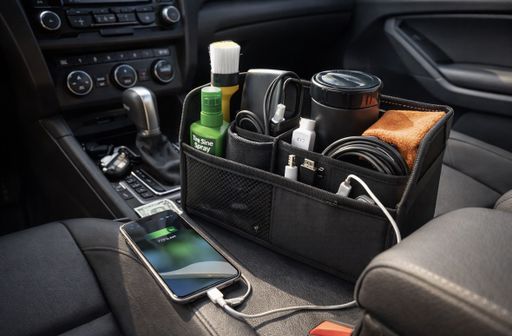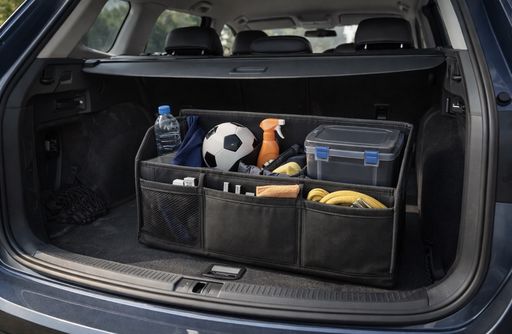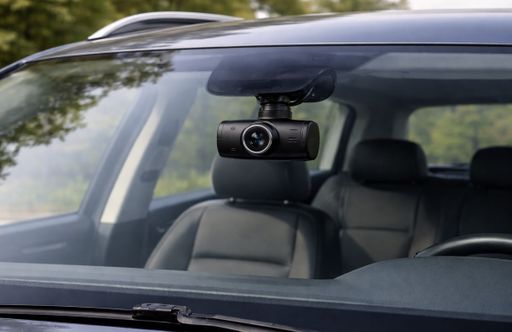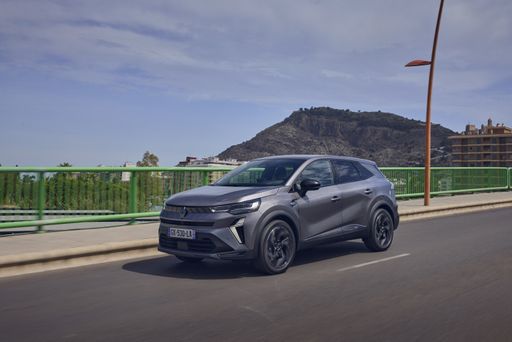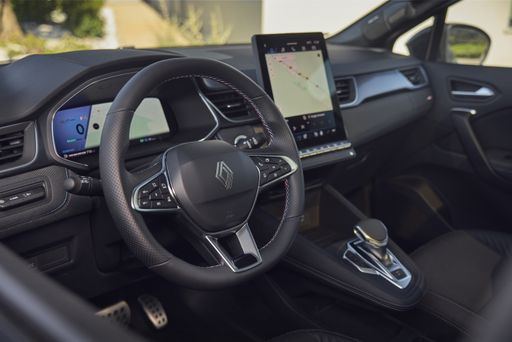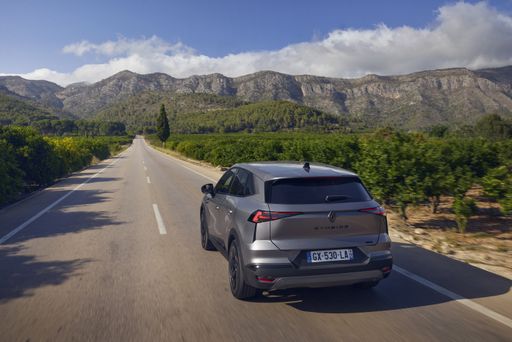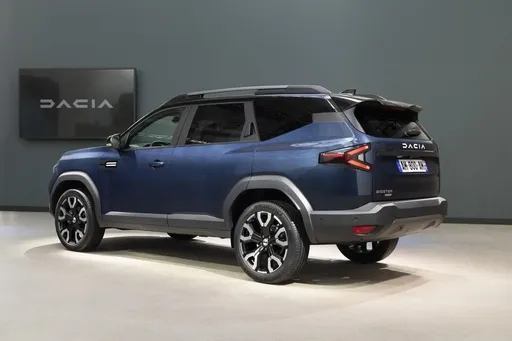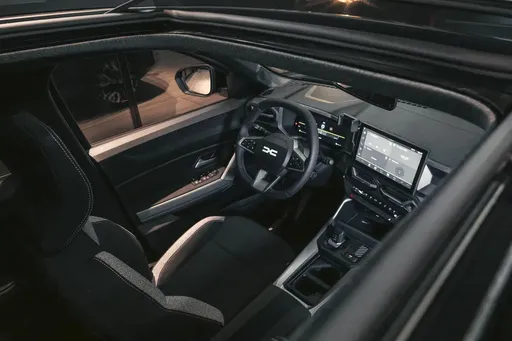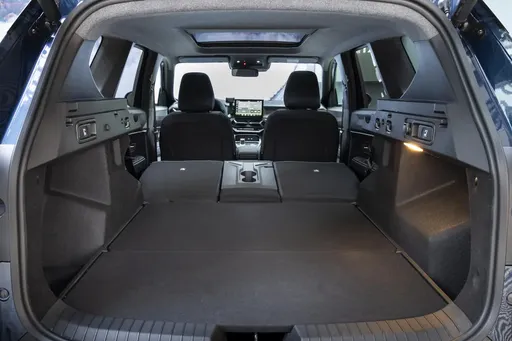Renault Symbioz vs. Dacia Bigster: Nowoczesna Technologia na Kołach
W dynamicznie rozwijającym się świecie motoryzacji, wybór idealnego SUV-a może być wyzwaniem. Dziś porównujemy dwa nowoczesne modele, które przyciągają uwagę innowacjami i wydajnością: Renault Symbioz oraz Dacia Bigster. Każdy z tych pojazdów oferuje unikalne rozwiązania, które z pewnością skradną serca entuzjastów motoryzacji. Przeanalizujmy, co kryje się pod ich maskami oraz jakie osiągi mogą zaoferować.

